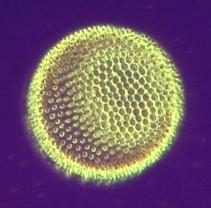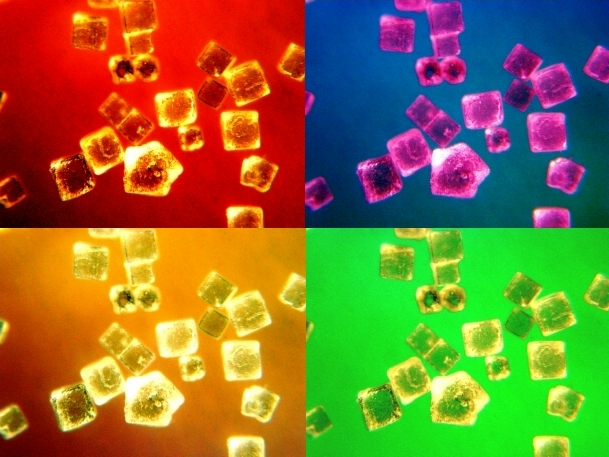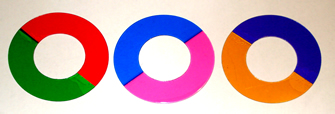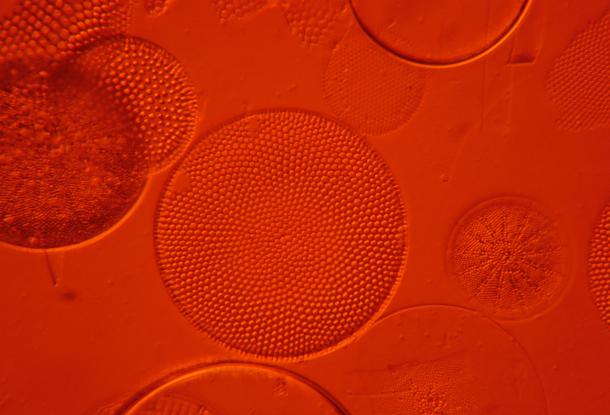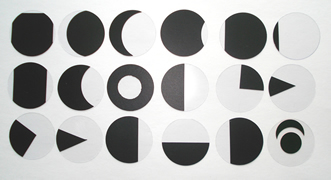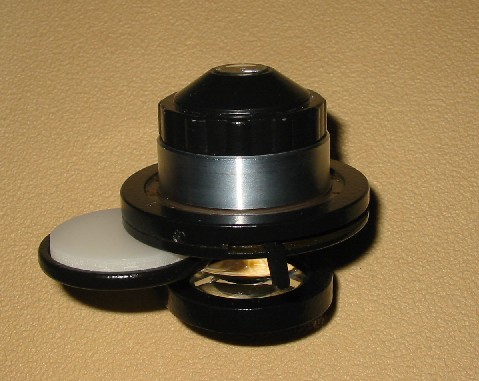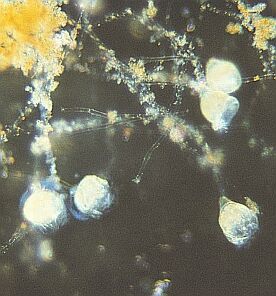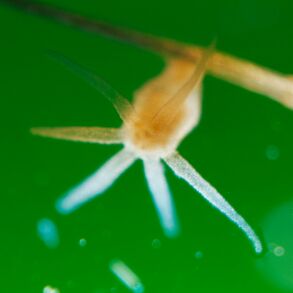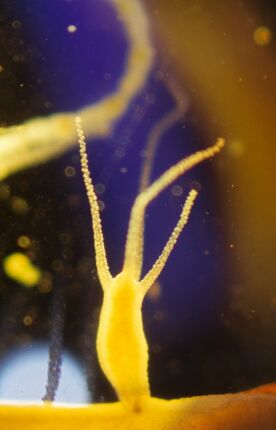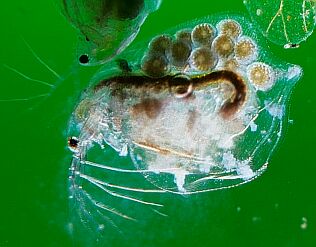|
All About RHEINBERG Filters
|
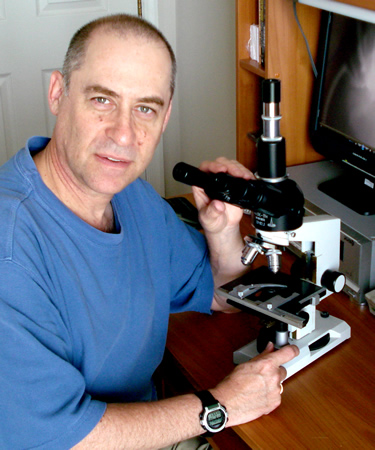 |
You can learn all about Rheinberg filters on this web site. I'm Mike Shaw, and for ten years I was the only one on the planet who made Rheinberg Filters for sale commercially. But all that's changed now. Why? Because
I wrote the book on Rheinberg filters. Now you can make Rheinberg Filters
too! Below, I'll tell you a bit about Rheinberg filters, or you can click here for just information about the book: OR - Preview the book on Amazon here Your Microscope Hobby I no longer make Rheinberg Filters commercially for sale. Sorry! |


